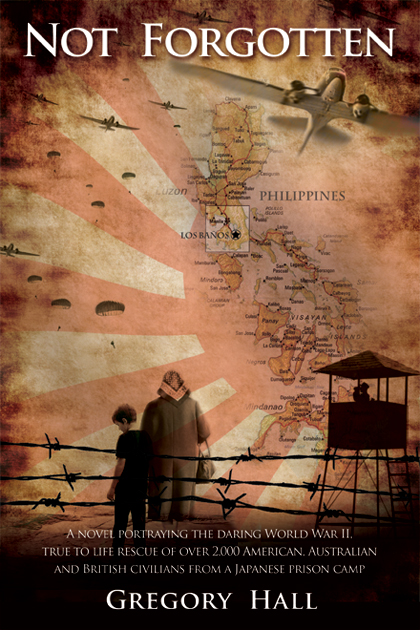

These were hastily constructed barracks, where prisoners were often packed into tight quarters and made to use toilets that were little more than pits in the ground. Initially, most Japanese Americans were sent to temporary assembly centers, typically located at fairgrounds or racetracks. In an interview with the Saturday Evening Post, Austin Anson, the managing secretary of the Salinas Vegetable Grower-Shipper Administration, said: For many, the war simply served as an excuse to get rid of Japanese Americans. American citizenship does not necessarily determine loyalty… But we must worry about the Japanese all the time until he is wiped off the map.”ĭeWitt’s position was backed up by a number of pre-existing anti-immigrant groups based out of the West Coast, such as the Joint Immigration Committee and the Native Sons and Daughters of the Golden West. There is no way to determine their loyalty… It makes no difference whether he is an American citizen, he is still a Japanese. Lieutenant General John DeWitt, who would become the administrator of the internment program, testified to Congress
#Public host prey book japanese concentration camps full
Pearl Harbor turned simmering resentment against the Japanese to a full boil, putting pressure on the Roosevelt administration to intern Japanese Americans.


 0 kommentar(er)
0 kommentar(er)
